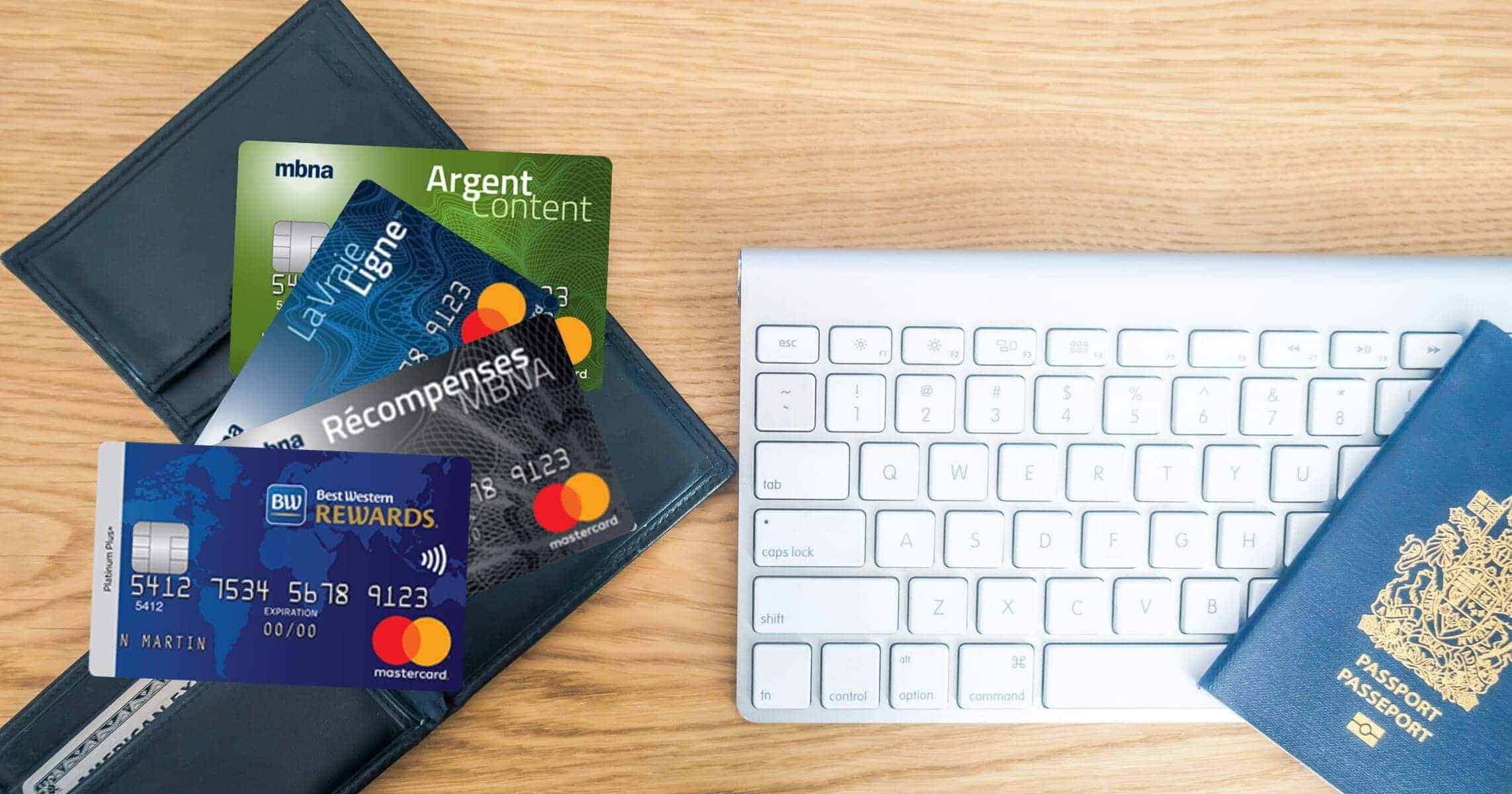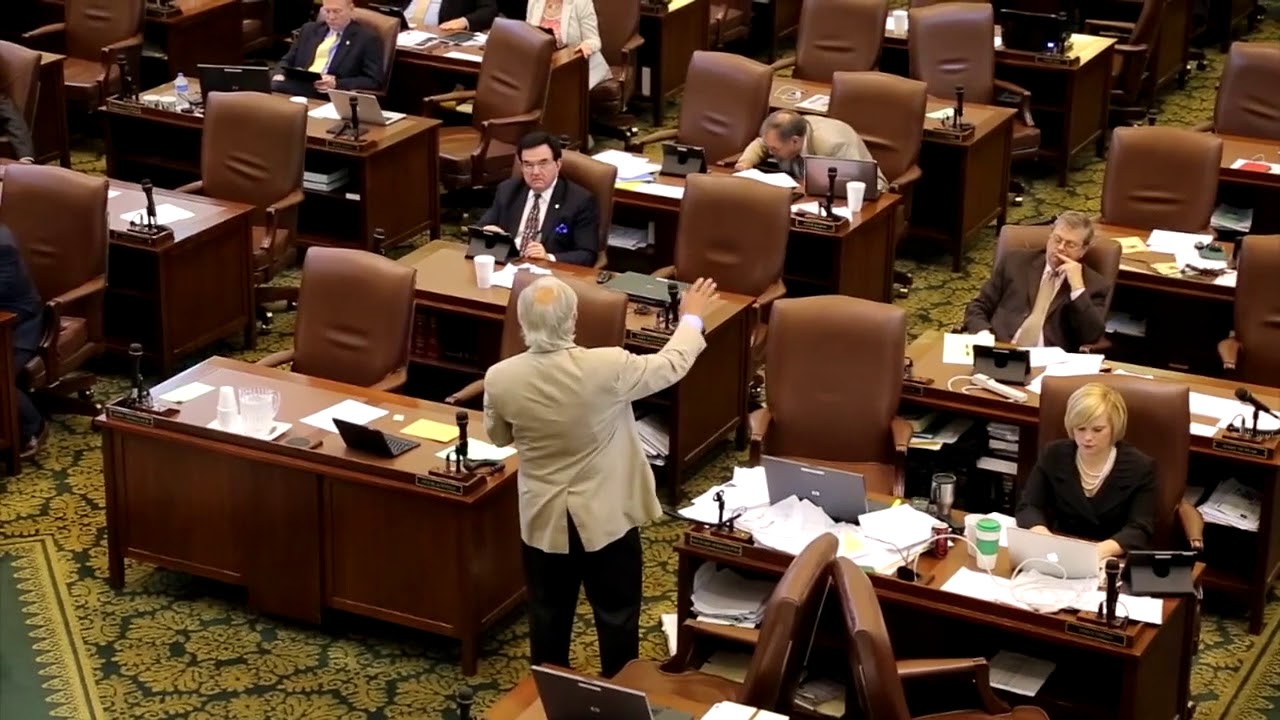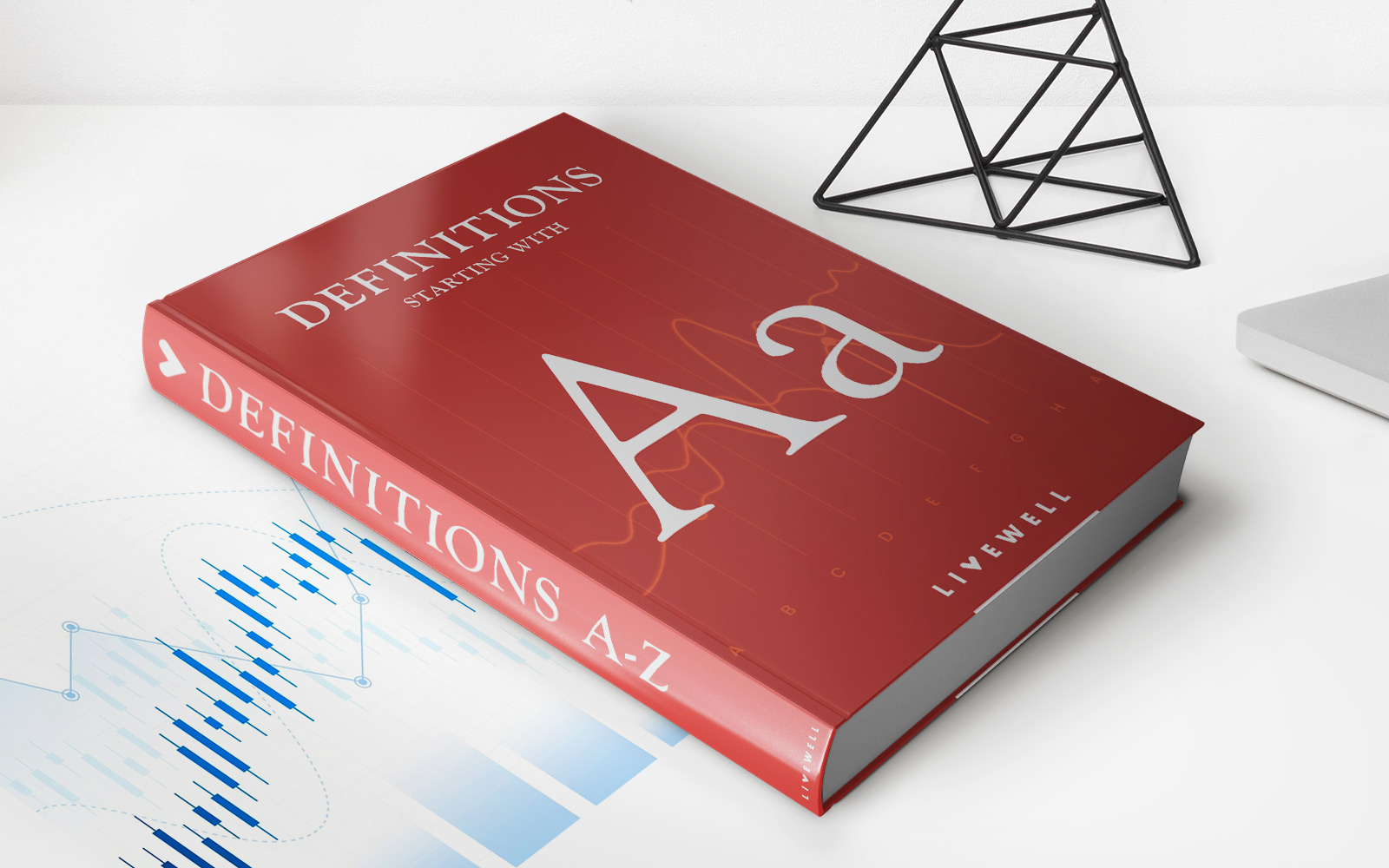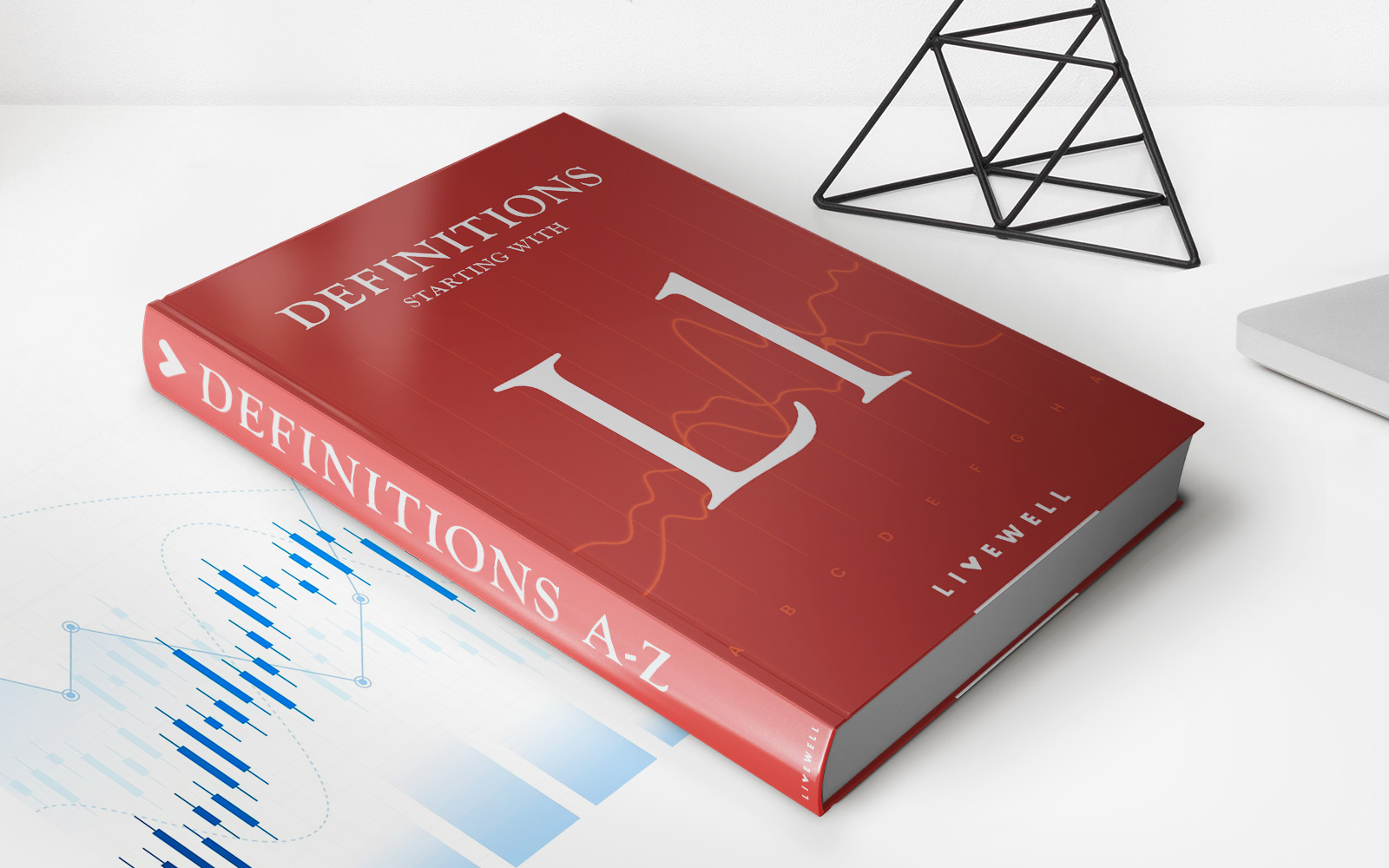

Finance
What Is MBNA Minimum Payment
Published: February 27, 2024
Learn about MBNA minimum payment requirements and how they affect your finances. Understand the importance of managing your minimum payments for your financial well-being. Discover more about finance and minimum payments with MBNA.
(Many of the links in this article redirect to a specific reviewed product. Your purchase of these products through affiliate links helps to generate commission for LiveWell, at no extra cost. Learn more)
Table of Contents
Introduction
Welcome to the world of credit cards, where convenience meets financial responsibility. As a credit cardholder, you’ve likely encountered the term “minimum payment” in your monthly statements. In this article, we’ll delve into the specifics of MBNA minimum payments, shedding light on what they are, how they’re calculated, and the implications of making only the minimum payment each month.
MBNA, a prominent credit card issuer, provides cardholders with the flexibility to manage their finances through various payment options. Understanding the concept of minimum payments is crucial for responsible credit card usage, as it directly impacts your financial well-being and credit score.
Throughout this article, we’ll explore the factors that influence MBNA minimum payments, the potential consequences of making only the minimum payment, and practical tips for effectively managing your credit card payments. By the end, you’ll have a comprehensive understanding of MBNA minimum payments, empowering you to make informed decisions and take control of your financial journey.
Understanding MBNA Minimum Payment
When you receive your monthly MBNA credit card statement, you’ll notice a section specifying the minimum payment due. The minimum payment represents the smallest amount you are required to pay by a certain date to keep your account in good standing. It typically consists of a percentage of your outstanding balance, along with any fees and accrued interest.
MBNA calculates the minimum payment using a predetermined formula, often based on a percentage of your total balance or a specific minimum amount, whichever is greater. This formula ensures that you cover a portion of the principal balance, interest, and any applicable fees, preventing your account from falling into delinquency.
It’s important to recognize that while making the minimum payment keeps your account current, it may not significantly reduce your overall balance. This is due to the fact that a considerable portion of the minimum payment often goes towards covering interest charges, with only a fraction allocated to reducing the principal balance. As a result, carrying a balance and consistently making only the minimum payment can lead to prolonged debt and increased interest expenses.
Understanding the components of your MBNA minimum payment empowers you to make informed decisions regarding your financial obligations. By grasping the factors that contribute to the minimum payment calculation, you can take proactive steps to manage your credit card debt effectively and minimize the long-term financial impact.
Factors Affecting MBNA Minimum Payment
Several key factors influence the calculation of your MBNA minimum payment, each playing a significant role in determining the amount due on your monthly statement. Understanding these factors is crucial for gaining insight into your financial obligations and making informed decisions regarding your credit card payments.
Outstanding Balance: The most influential factor in determining your minimum payment is your outstanding balance. Typically, the minimum payment is calculated as a percentage of this balance, ensuring that a portion of the principal amount is repaid each month.
Interest Rate: The interest rate on your MBNA credit card directly impacts the minimum payment. Higher interest rates result in larger portions of the minimum payment being allocated to covering interest charges, which can extend the time needed to pay off the balance.
Fixed Minimum Amount: In some cases, credit card issuers set a specific minimum payment amount, ensuring that cardholders pay at least a predetermined sum, regardless of their outstanding balance. This approach provides a safeguard to prevent excessively low payments that may not effectively reduce the debt.
Accrued Fees: If you’ve incurred any late fees, over-limit fees, or other charges, these will factor into your minimum payment. It’s important to address these fees promptly to prevent them from accumulating and further impacting your minimum payment.
Regulatory Requirements: Credit card issuers must adhere to regulatory guidelines when calculating minimum payments. These guidelines may dictate the minimum percentage of the outstanding balance that must be included in the minimum payment, ensuring that a reasonable portion of the debt is repaid each month.
By understanding these factors, you can gain clarity on the components that contribute to your minimum payment, enabling you to make strategic decisions regarding your credit card payments and overall financial management.
Impact of Making Only the Minimum Payment
While making the minimum payment on your MBNA credit card may seem convenient in the short term, it can have significant long-term implications on your financial health. Understanding the impact of consistently making only the minimum payment is crucial for making informed decisions and effectively managing your credit card debt.
Extended Repayment Period: One of the primary consequences of making only the minimum payment is the prolonged time required to pay off your credit card balance. Since a significant portion of the minimum payment often goes towards covering interest charges, the principal balance decreases at a slower rate, leading to an extended repayment period.
Increased Interest Expenses: By carrying a balance and making only the minimum payment, you’ll incur higher interest expenses over time. The longer it takes to repay the balance, the more interest accrues, resulting in a larger overall cost of borrowing. This can significantly impact your financial resources and limit your ability to achieve other financial goals.
Credit Score Impact: Consistently making only the minimum payment can negatively impact your credit score. Credit utilization, which measures the amount of available credit you’re using, is a key factor in credit scoring models. Carrying a high balance relative to your credit limit, especially by making only minimum payments, can lower your credit score and hinder your ability to access favorable credit terms in the future.
Financial Stress: Prolonged credit card debt resulting from making only the minimum payment can lead to increased financial stress. As interest expenses accumulate and the balance remains high, you may experience heightened anxiety and uncertainty about your financial situation, impacting your overall well-being.
By understanding the impact of making only the minimum payment, you can proactively manage your credit card payments, strive to pay more than the minimum when possible, and take steps to reduce your overall credit card debt. This approach can help you mitigate the long-term financial consequences and work towards achieving greater financial stability.
Tips for Managing MBNA Minimum Payment
Effectively managing your MBNA minimum payment is essential for maintaining financial stability and minimizing the long-term impact of credit card debt. By implementing strategic approaches and proactive measures, you can navigate your credit card payments with confidence and work towards achieving greater financial well-being.
Pay More Than the Minimum: Whenever possible, strive to pay more than the minimum amount due on your MBNA credit card. By allocating additional funds towards your credit card payments, you can accelerate the reduction of your outstanding balance and decrease the overall interest expenses.
Create a Repayment Plan: Develop a structured repayment plan to systematically reduce your credit card balance. Consider allocating a specific portion of your monthly budget towards paying down your credit card debt, ensuring consistent progress towards achieving a zero balance.
Avoid New Purchases: To expedite the repayment process, refrain from making new purchases on your MBNA credit card while focusing on reducing your existing balance. Minimizing additional charges can help you concentrate on reducing the debt without accumulating further financial obligations.
Explore Balance Transfer Options: If feasible, consider transferring your MBNA credit card balance to a card with a lower interest rate or a promotional 0% APR offer. This can provide temporary relief from high interest expenses, allowing you to make more significant strides in paying off your debt.
Monitor Your Spending: Stay vigilant about your spending habits and strive to maintain a balanced approach to credit card usage. By monitoring your expenditures and adhering to a budget, you can avoid excessive credit card charges and maintain better control over your financial obligations.
Seek Financial Guidance: If you’re facing challenges in managing your credit card payments, consider seeking advice from financial experts or credit counseling services. These professionals can provide personalized guidance and effective strategies for addressing credit card debt and improving your financial outlook.
By implementing these tips, you can proactively manage your MBNA minimum payment, reduce your credit card debt, and work towards achieving greater financial stability. Taking a proactive approach to credit card management empowers you to make informed decisions and progress towards a healthier financial future.
Conclusion
Understanding the intricacies of MBNA minimum payments is a fundamental aspect of responsible credit card management. By delving into the factors that influence minimum payments, the impact of making only the minimum payment, and effective strategies for managing credit card debt, you’ve gained valuable insights into navigating your financial obligations with confidence.
As a credit cardholder, you play a pivotal role in shaping your financial future. By proactively managing your MBNA minimum payment and striving to pay more than the minimum whenever possible, you can expedite the reduction of your credit card balance and minimize the long-term impact of interest expenses.
It’s crucial to approach credit card usage with a balanced perspective, monitoring your spending, and avoiding excessive reliance on making only the minimum payment. By creating a structured repayment plan and seeking guidance when needed, you can take significant strides towards achieving greater financial stability and reducing your credit card debt.
Remember, your credit card is a tool for financial convenience, and responsible usage is key to leveraging its benefits while safeguarding your financial well-being. By applying the knowledge gained from this article and implementing practical strategies for managing your MBNA minimum payment, you can navigate your credit card payments with clarity and purpose, ultimately working towards a healthier financial future.
Empowered with these insights, you are well-equipped to make informed decisions, take proactive steps towards managing your credit card debt, and pave the way for a more secure and prosperous financial journey.














